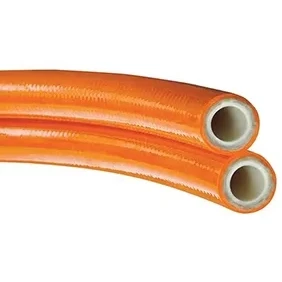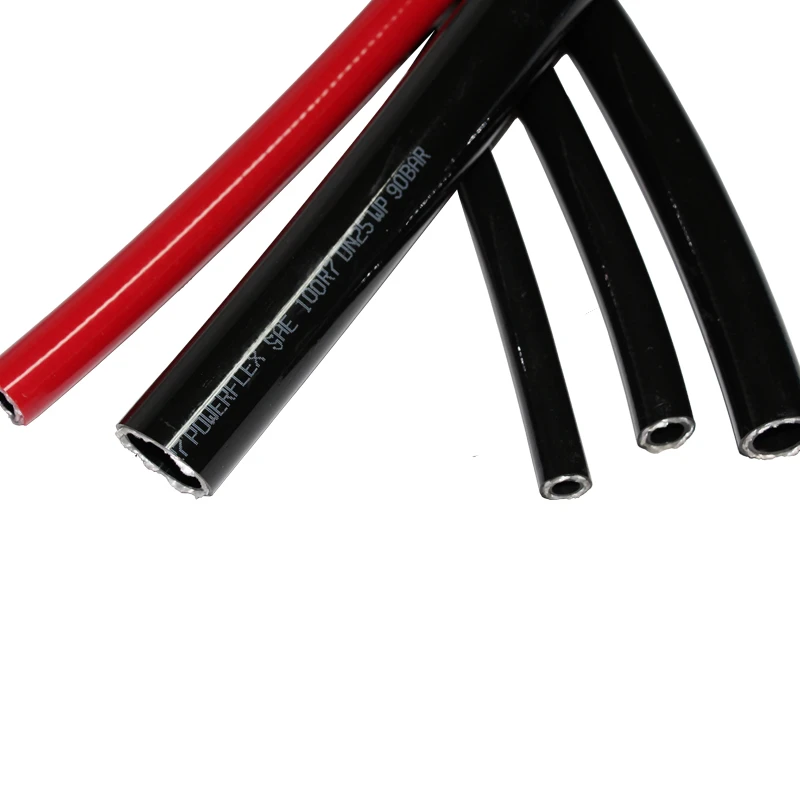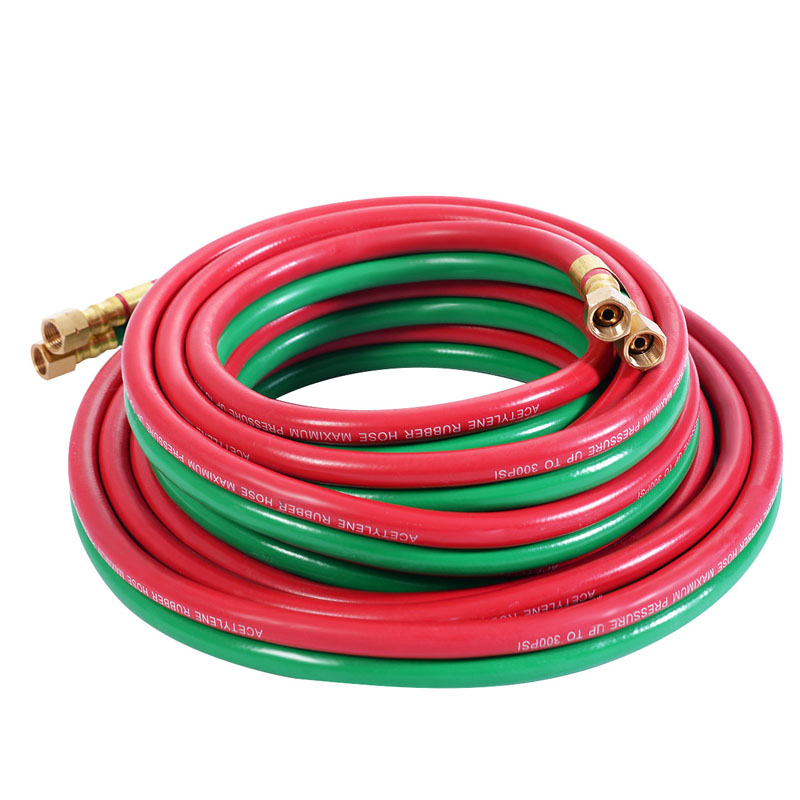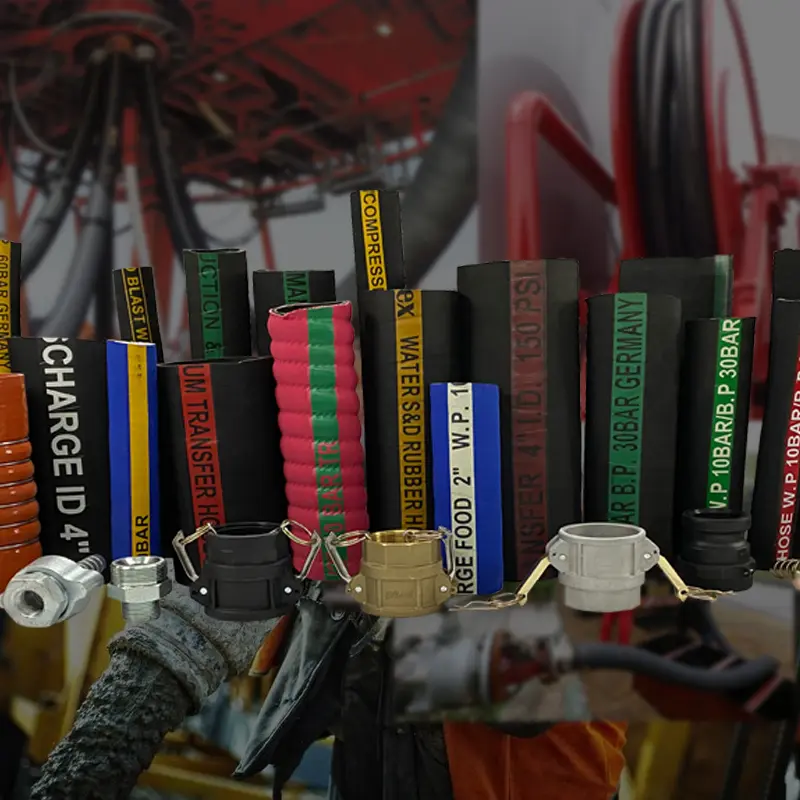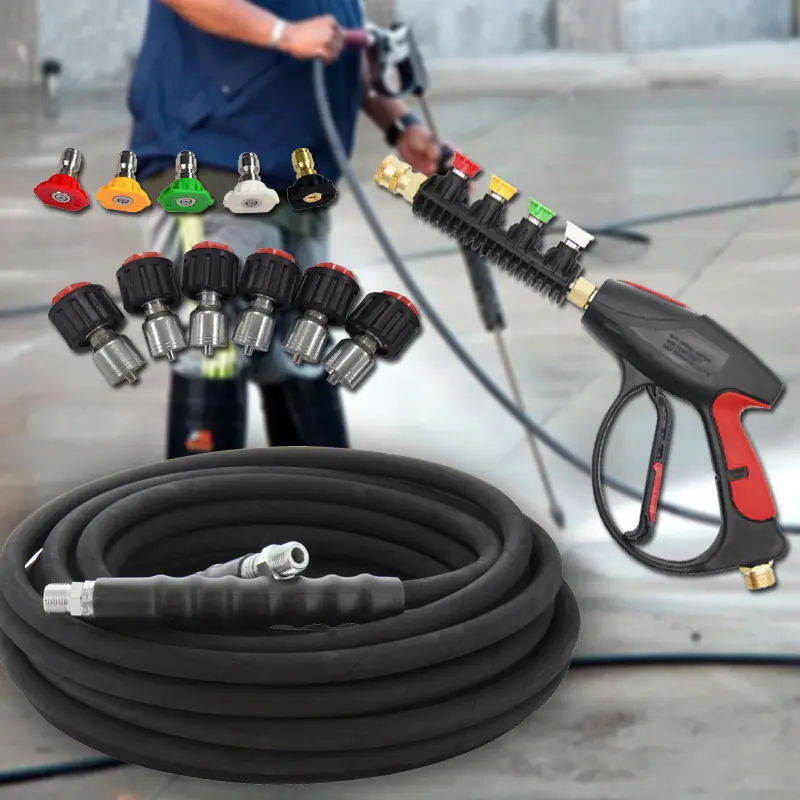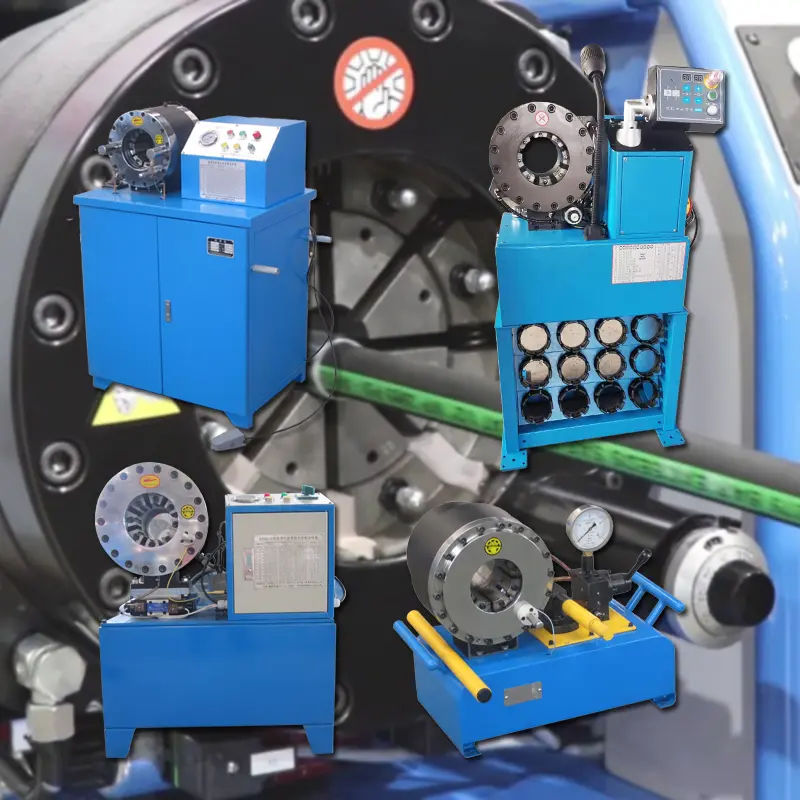In industrial and automotive applications, fluid transport is an essential part of system performance. Selecting the right component—whether it’s a pipe, tube, or hose—can make a significant difference in efficiency, safety, and reliability. While these terms are often used interchangeably, they have distinct properties, materials, and applications. Understanding the differences helps engineers, technicians, and maintenance personnel make informed decisions.
This article explains the key distinctions between pipe, tube, and hose, and highlights examples such as auto air conditioning hose, Industrial Hydraulic Hoses, automotive rubber tubing, and considerations for hydraulic hose sizes.
Pipe: Rigid and High-Pressure
A pipe is a rigid conduit designed primarily for transporting fluids under pressure. Pipes are typically measured by nominal diameter and wall thickness (schedule) rather than precise outside dimensions.
Characteristics of Pipes:
-
Rigid and strong, capable of handling high-pressure applications.
-
Made from metals like steel, stainless steel, or copper, and sometimes from rigid plastics like PVC.
-
Standardized sizing allows for predictable flow and easy connection with flanges or threads.
Applications:
-
Industrial water and oil pipelines.
-
Stationary hydraulic systems, often connected to Industrial Hydraulic Hoses.
-
Large-scale plumbing or chemical fluid transport.
Advantages:
-
Long-lasting under high-pressure conditions.
-
Reliable for stationary installations.
-
Easy to install in straight runs with standard fittings.
Tube: Precision and Structural Use
Tube is similar to pipe but emphasizes precision and structural strength. Tube size is usually defined by outside diameter (OD) and wall thickness, with tighter manufacturing tolerances than pipes.
Characteristics of Tubes:
-
Precise dimensions make tubes suitable for exact fittings and assemblies.
-
Can provide structural support while transporting fluids.
-
Common materials include stainless steel, aluminum, and high-performance plastics.
Applications:
-
Automotive brake and fuel lines.
-
Refrigeration and air conditioning lines, often connected with auto air conditioning hose.
-
Industrial machinery requiring precise fluid flow or structural support.
Advantages:
-
Accurate sizing and high reliability.
-
Suitable for moderate pressure applications.
-
Compatible with precision fittings for fluid or structural systems.
Hose: Flexible and Versatile
Hoses differ from pipes and tubes primarily in flexibility. They are designed to handle movement, vibration, and thermal expansion. Hoses are usually made of rubber, reinforced composites, or flexible plastics.
Key Examples:
-
Auto Air Conditioning Hose: Flexible hoses designed to carry refrigerants while accommodating engine vibration.
-
Automotive Rubber Tubing: Used in fuel, coolant, or vacuum lines requiring flexibility and chemical resistance.
-
Industrial Hydraulic Hoses: Reinforced hoses capable of handling high-pressure hydraulic fluids.
Characteristics of Hoses:
-
Flexible, making them suitable for dynamic systems.
-
Pressure rating depends on reinforcement and material.
-
Available in different hydraulic hose sizes to meet flow and pressure requirements.
Applications:
-
Mobile machinery and vehicles.
-
Hydraulic and pneumatic systems requiring vibration absorption.
-
Industrial and automotive fluid transfer in tight or moving spaces.
Advantages:
-
Flexibility reduces stress on connections.
-
Absorbs vibration and thermal expansion.
-
Available in materials resistant to chemicals, temperature extremes, and abrasion.
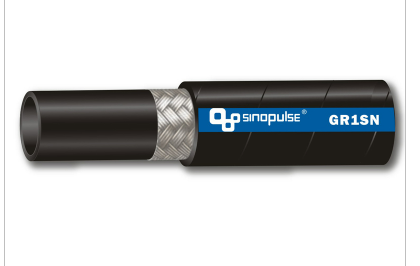
Key Differences Between Pipe, Tube, and Hose
| Feature | Pipe | Tube | Hose |
|---|---|---|---|
| Flexibility | Rigid | Semi-rigid | Flexible |
| Size Reference | Nominal Diameter + Schedule | Outside Diameter + Wall Thickness | Inner/Outer Diameter, Pressure Rating |
| Pressure Handling | High | Moderate | Varies by reinforcement |
| Materials | Steel, PVC, Copper | Steel, Stainless, Aluminum, Plastic | Rubber, Reinforced Rubber, Plastic |
| Applications | Stationary fluid transport | Structural + fluid transport | Moving systems, vibration absorption |
| Installation Complexity | Moderate to high | High precision needed | Easy to route through tight spaces |
When deciding between pipe, tube, or hose, consider these factors:
-
Application Needs: Use pipes for stationary high-pressure systems, tubes for precise or structural requirements, and hoses for flexible or moving systems.
-
Pressure and Temperature: Match materials and dimensions to system requirements. Industrial Hydraulic Hoses must meet peak pressure specifications.
-
Flexibility: Hoses or automotive rubber tubing are suitable for vibration or movement.
-
Chemical Compatibility: Ensure the material can handle the fluid being transported.
-
Hydraulic Hose Sizes: Proper sizing ensures efficient flow and prevents pressure loss in hydraulic systems.
FAQs About Pipe, Tube, and Hose
What is the main difference between a pipe and a tube?
Pipe is sized by nominal diameter and wall thickness for fluid transport, while tube is sized by outside diameter and precise tolerances for structural or precision applications.
How do I choose the correct hydraulic hose size?
Consider flow rate, pressure rating, and fitting compatibility. Proper sizing prevents leaks and maintains efficiency.
When should I use a hose instead of a pipe or tube?
Hoses are best for systems requiring flexibility, vibration absorption, or routing through moving or tight spaces. Pipes and tubes are ideal for stationary or precision applications.
Product Application











